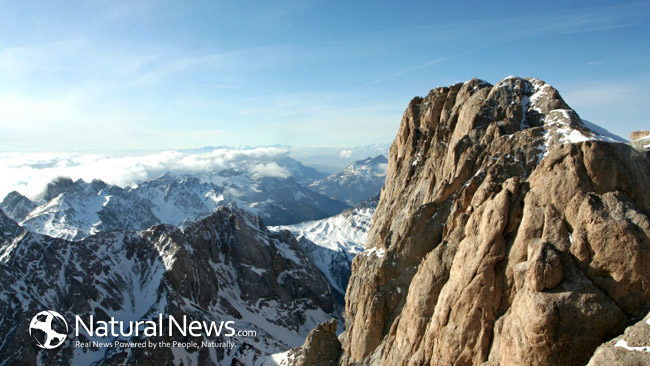When a person travels to a high altitude, the air pressure is a lot lower (barometric pressure). This means that there is less oxygen present. High altitude is considered 8,000 feet and above. There is about 25% fewer oxygen molecules in the air at this level. The body has to find ways to compensate for this lack of air. Some people are particularly sensitive to higher elevation and may experience “altitude sickness”. For those who live at a higher altitude, their bodies have adjusted. For others who travel to a place with higher altitude, the body will need to figure out how to adjust.
Symptoms include headache, dizziness, shortness of breath, loss of appetite, fatigue, and trouble sleeping. These usually occur within 12 to 24 hours of being at the higher elevation.
There are 3 types of altitude sickness:
- Acute mountain sickness (AMS): A person might feel like they have a hangover, are dizzy, feel nauseous, or have a headache.
- High altitude pulmonary edema (HAPE): The lungs can start to build up with fluid. A person might have trouble walking, their chest could feel tight, and they could have a severe headache.
- Edema (HACE): Fluid can start to fill up in the brain. This can be life threatening. A person might feel very confused, not be able to walk, could go into a coma, and have shortness of breath even at rest.
Anyone is at risk for altitude sickness, even an Olympic athlete. Exercising at higher elevation puts a person at increased risk. There are many variables to consider such as how high the elevation is, how quickly the person entered this environment, or even where you sleep. Younger people are more at risk for getting sick.
If any of these symptoms arise, the best immediate solution is to go down to a lower elevation. The best way to prevent altitude sickness is by acclimatization. The body can slowly get used to higher elevations. Many athletes do this if they know they will be competing at a higher elevation. The lungs can build up and learn to take deeper breaths to allow for more red blood cells to supply oxygen. Consuming extra carbohydrates and drinking plenty of water is highly recommended. The body is resilient, but it needs to learn as well. Gradually approach higher elevations and the body will come prepared for you.
https://www.healthline.com/health/altitude-sickness
https://www.physiology.org/doi/full/10.1152/jappl.1997.83.1.102
https://www.ncbi.nlm.nih.gov/pmc/articles/PMC2907615/








